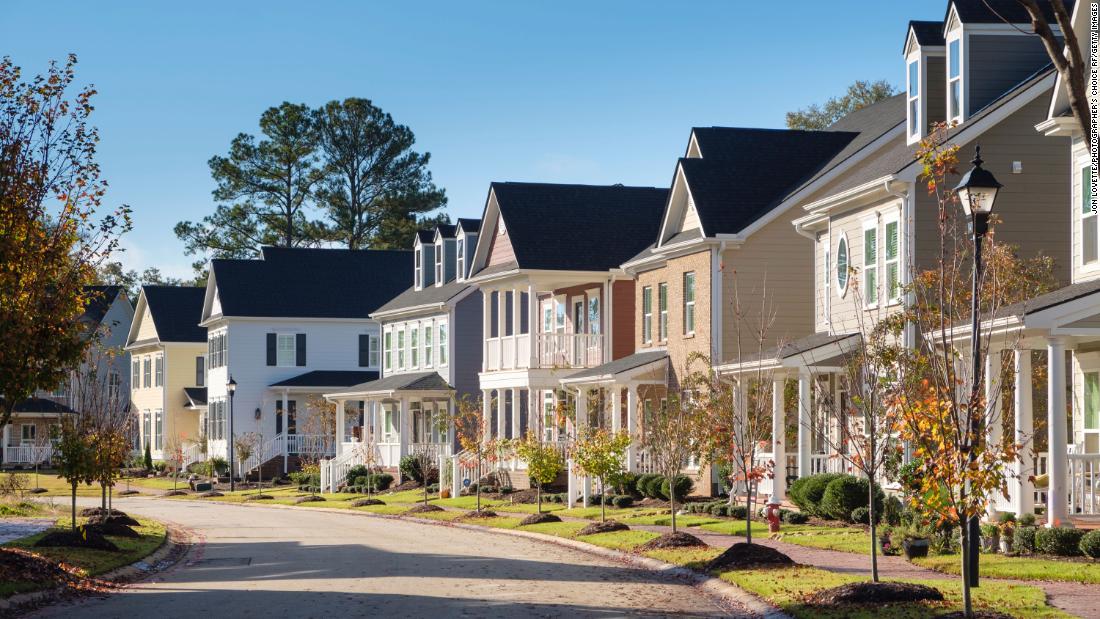- by foxnews
- 08 Apr 2025
Middle-income buyers face the most severe housing shortage

Middle income home buyers in the United States are finding little on the market to buy, even if they can qualify and afford a mortgage. These would-be buyers face the most severe housing shortage of any other income bracket, according to a new analysis from the National Association of Realtors and Realtor.com that found the market is short more than 300,000 affordable homes for these buyers.
The report defined a middle-income home buyer as someone in a household earning up to $75,000 a year, the median household income in the United States. Given that income, these buyers can purchase homes valued up to $256,000 without being overburdened with housing costs.
And there are a lot fewer homes in this category than a few years ago.
Middle-income buyers can afford to buy less than a quarter - only 23% - of listings that are currently on the market. Five years ago, this income group could afford to buy half of all available homes, according to the report.
"Middle-income buyers face the largest shortage of homes among all income groups, making it even harder for them to build wealth through homeownership," said Nadia Evangelou, NAR senior economist and director of real estate research.
At the end of April 2023, approximately 1.1 million homes were available for sale, an increase of 5 percentage points from one year ago - but only a fraction of those are available to middle-income buyers. Nearly 51% of households earn $75,000 or less. In a balanced market, these households would be able to afford to buy 51% of the homes available for sale.
But that's not the case.
"Even with the current level of listings, the housing affordability and shortage issues wouldn't be so severe if there were enough homes for all price ranges," Evangelou said.
The report found the United States needs to add at least two affordable homes for middle-income buyers (priced up to $265,000) for every home listed for upper-income buyers (priced above $680,000).
And while the housing shortage hits all incomes, at higher levels, the gap is much narrower. For instance, buyers earning $250,000 a year can currently afford to buy 85% of the listings, close to but shy of the 93% required for a balanced market.
"A two-fold approach is needed to help with both low affordability and limited housing supply," Evangelou said. "It's not just about increasing supply. We must boost the number of homes at the price range that most people can afford to buy."
Among the 100 largest metro areas in the United States, three Ohio metro areas - Youngstown, Akron and Toledo - have the most homes that are affordable for middle income home buyers.
In a balanced market, buyers earning $75,000 can afford to purchase 66% of the listings in the Youngstown metro area. However, these buyers can currently afford to buy 72% of the listings. This means there are about 70 additional listings with a price lower than $250,000 than what a balanced market needs.
At the other end of the spectrum, the cities with the fewest affordable homes for this cohort are El Paso, Texas; Boise, Idaho; and Spokane, Washington.
In Boise, buyers earning $75,000 can afford to buy just 2% of home listings. However, these buyers would be able to afford to buy more than 50% of the listings in a balanced market. Currently there are about 2,120 fewer listings that these buyers can afford to buy in Boise.
"Ongoing high housing costs and the scarcity of available homes continues to present budget challenges for many prospective buyers, and it's likely keeping some buyers in the rental market or on the sidelines and delaying their purchase until conditions improve," said Danielle Hale, Realtor.com's chief economist.
"Those who are able to overcome affordability constraints may be increasingly drawn to newly constructed homes or to the suburbs and beyond, both of which may offer buyers more realistic opportunities for homeownership in the near term," she said.
- by foxnews
- descember 09, 2016
Ancient settlement reveals remains of 1,800-year-old dog, baffling experts: 'Preserved quite well'
Archaeologists have recently unearthed the remarkably well-preserved remains of a dog from ancient Rome, shedding light on the widespread practice of ritual sacrifice in antiquity.
read more


